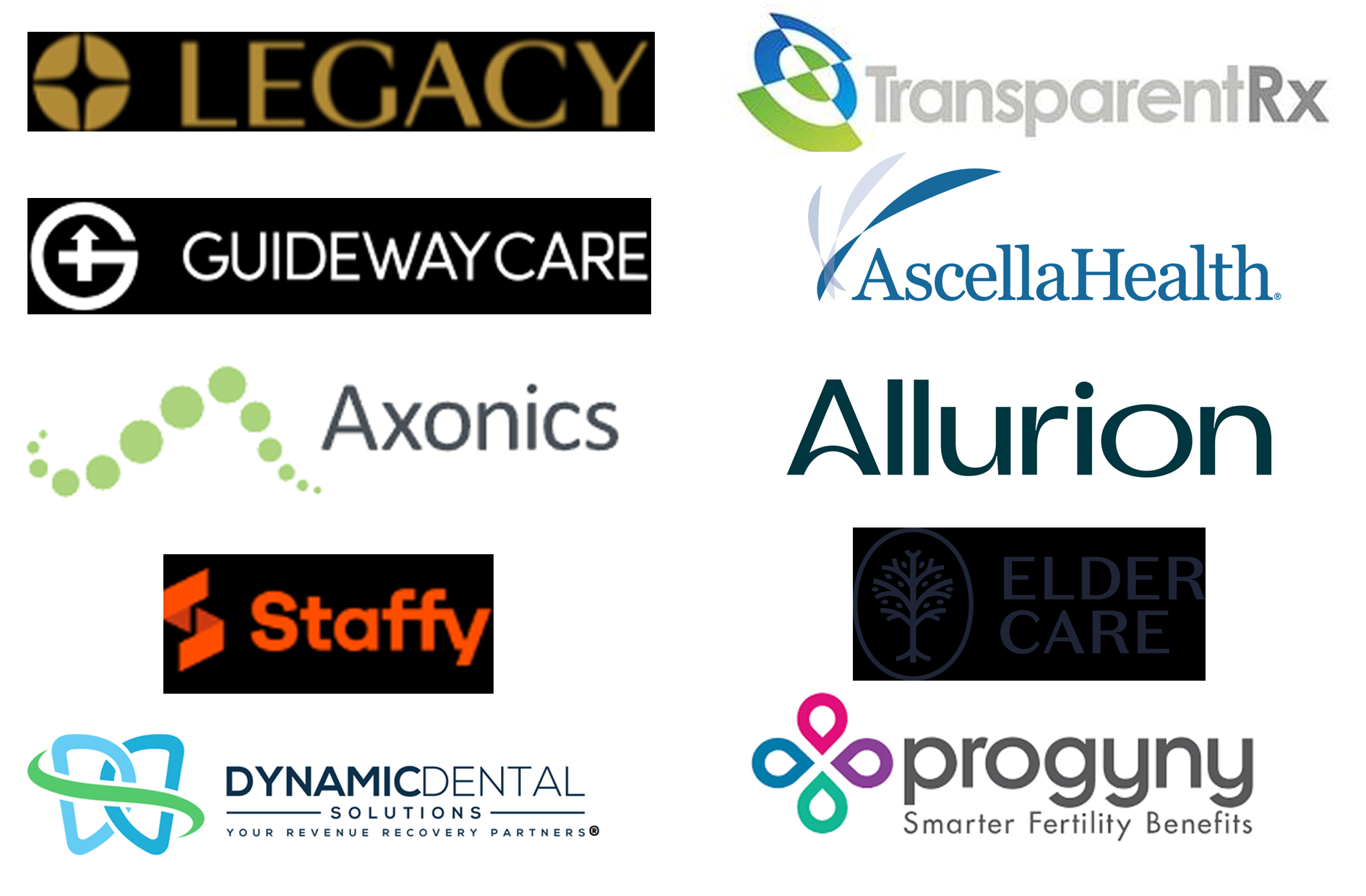Healthcare price transparency has become an increasingly important issue as the cost of healthcare services in the US continues to rise. Total healthcare spending in the country hit $4.3 trillion in 2021, with private health insurers shouldering the bulk at 28 percent of this cost, according to data from the Centers for Medicare and Medicaid Services (CMS).
And with the majority of this healthcare spending going towards hospital care (31 percent), patients are beginning to shop around for the best price on a given procedure. As of January 1, 2021, hospitals have been required to comply with CMS’s Hospital Price Transparency Rule, which requires healthcare facilities to “provide clear, accessible pricing information online about the items and services they provide.”
What is Price Transparency in Healthcare?
Healthcare price transparency allows individuals to compare prices for different treatments and providers, enabling them to make informed decisions about their care. With more transparency, patients can ensure that they are getting the best care at the most affordable price, and providers can ensure their rates are competitive.
Why is Price Transparency Important in Healthcare?
Price transparency also helps promote competition in the healthcare industry by encouraging providers to be more competitive in terms of price and quality. Furthermore, it can help reduce the amount of unnecessary and wasteful spending in healthcare, resulting in overall cost savings for everyone.
For payers, healthcare price transparency promotes value-based care decisions. In addition, private insurers have their own set of CMS Hospital Price Transparency Rule deadlines. As of July 1, 2022, insurance companies have been required to provide publicly available, machine-readable files that include pricing data for both in-network and out-of-network spending.
And as of the first of January this year, insurance companies were required to have established an estimate tool that allows members to access pricing information for 500 services specified by CMS, including common tests and procedures like blood cultures, prostate cancer screening, colonoscopies and vaginal birth after cesarean (VBAC) delivery. Payers are required to update their estimate tool with pricing for all possible procedures and services by January 1, 2024.
What Companies Offer Price Transparency Information in Healthcare?
There are a number of healthcare price transparency companies that provide individuals with the necessary information to compare prices for different treatments and providers. Some of the most popular companies providing price transparency in healthcare include:
1. Clear Health Costs
Offering real-time pricing on tens of thousands of procedures from healthcare providers across the US, Clear Health Costs has been around since 2011. Their platform relies on a provider pricing survey, consumer-focused reporting, data journalism and crowdsourced information to tell people what things cost and help them navigate the healthcare system.* Users contribute information from procedures they’ve undergone – including provider name and location, the total cost of the procedure and how much their insurance covered – to a searchable database that can help others shop around for the same procedure.
2. Change Healthcare
Change Healthcare offers a suite of tools to help consumers compare and save on healthcare costs. True View, the company’s healthcare price transparency tool, contains data on over 500 medical services and more than 4,000 prescriptions. And the company’s predictive engagement software helps payers reduce their costs by identifying and engaging with plan members who are likely to need expensive procedures. It also helps payors direct members toward preferred healthcare providers.
3. Castlight Health
Like the other healthcare price transparency companies on this list, Castlight Health provides an online marketplace for health services, making it easier for consumers to find the most affordable providers for their care. However, Castlight’s “high-tech and high-touch support” differentiates them from some others in this space with the promise of personalized communication with plan members, improving engagement and satisfaction. Their out-of-pocket estimates for medical tests and procedures are generated using individual-level data, and their provider directory includes over 900,000 healthcare providers.
4. Healthsparq
Healthsparq offers cost transparency tools that enable benefits managers to ensure that health plan members have the information they need to make decisions about their care. The company’s Healthsparq One platform helps organizations comply with price transparency regulations while driving costs down for both members and insurers.
5. Amino Health
In addition to providing a comprehensive directory of healthcare providers, Amino Health enables users to easily compare prices for different treatments and providers. However, Amino stresses that providing plan members with healthcare pricing data alone can lead them to choose more expensive providers, believing that they will receive higher quality care. That’s why their tool leverages over 200 quality measures to assess provider value, and doesn’t rely on subjective patient reviews alone. Amino is also “the only healthcare navigation platform certified by Medicare to develop quality measures that reflect variations in the healthcare system,” and boasts former deputy secretary of the Department of Health and Human Services (HHS), Eric Hargan, as the company’s price transparency advisor.
6. Turquoise Health
Turquoise Health allows providers and payers to be listed on their marketplace where patients can compare rates for services and procedures. By getting verified by Turquoise Health, providers and payers can be listed as transparent healthcare organizations, with payers getting the opportunity to enter new markets and compare themselves to competitors to identify gaps in coverage.
Limitations to Healthcare Price Transparency Tools
By utilizing these services, consumers can make more informed decisions regarding their healthcare options and ensure that they are receiving the best care at the most affordable price. However, these tools are limited because they don’t apply to all procedures as not all are shoppable.
Another limitation of some healthcare price transparency databases is their focus on reporting the list price for a given procedure as opposed to the price negotiated by a payer, or the out-of-pocket cost for patients. Like most prescription drugs, the list price for a test or procedure is often not the amount that public or private insurers will pay, nor is it an accurate representation of what proportion of the cost that the patient themselves will need to cover.
Furthermore, though some tools like Amino Health link their pricing data to quality measures, this is not the case for every source of healthcare price transparency information. Because a higher price for a procedure doesn’t always equate to better-quality care, it’s important that the two measures are linked to help providers differentiate themselves from the competition, and allow patients to make the most informed choice possible when it comes to their care.
What Does Price Transparency in Healthcare Mean for Providers?
In April, CMS announced changes to its enforcement of the Hospital Price Transparency Rule, including new deadlines for hospitals to comply with the regulation. When hospitals are identified as noncompliant with price transparency rules, CMS issues a corrective action plan (CAP) request giving facilities 45 days to send a CAP back to the regulator. However, CMS used to allow hospitals to suggest their own completion date for achieving compliance.
Now, CMS will enforce a 90-day deadline to comply with the regulation; if a hospital fails to do so within that timeframe, an automatic civil monetary penalty (CMP) will be issued. CMS is also eliminating the warning notice that is currently issued to noncompliant hospitals before a CAP request. These updates the enforcement processes are designed to help streamline the CMS’ activities and get hospitals compliant with healthcare price transparency rules faster.
Since the rule came into effect for hospitals on January 1, 2021, CMS has sent out over 730 warning notices along with 269 CAP requests. So far, just four hospitals have been fined a CMP, ranging from $102,000 to over $880,000.
*Editor’s Note: This sentence was updated to reflect that the price search is powered by several sources of information, not only crowdsourcing.












Join or login to leave a comment
JOIN LOGIN